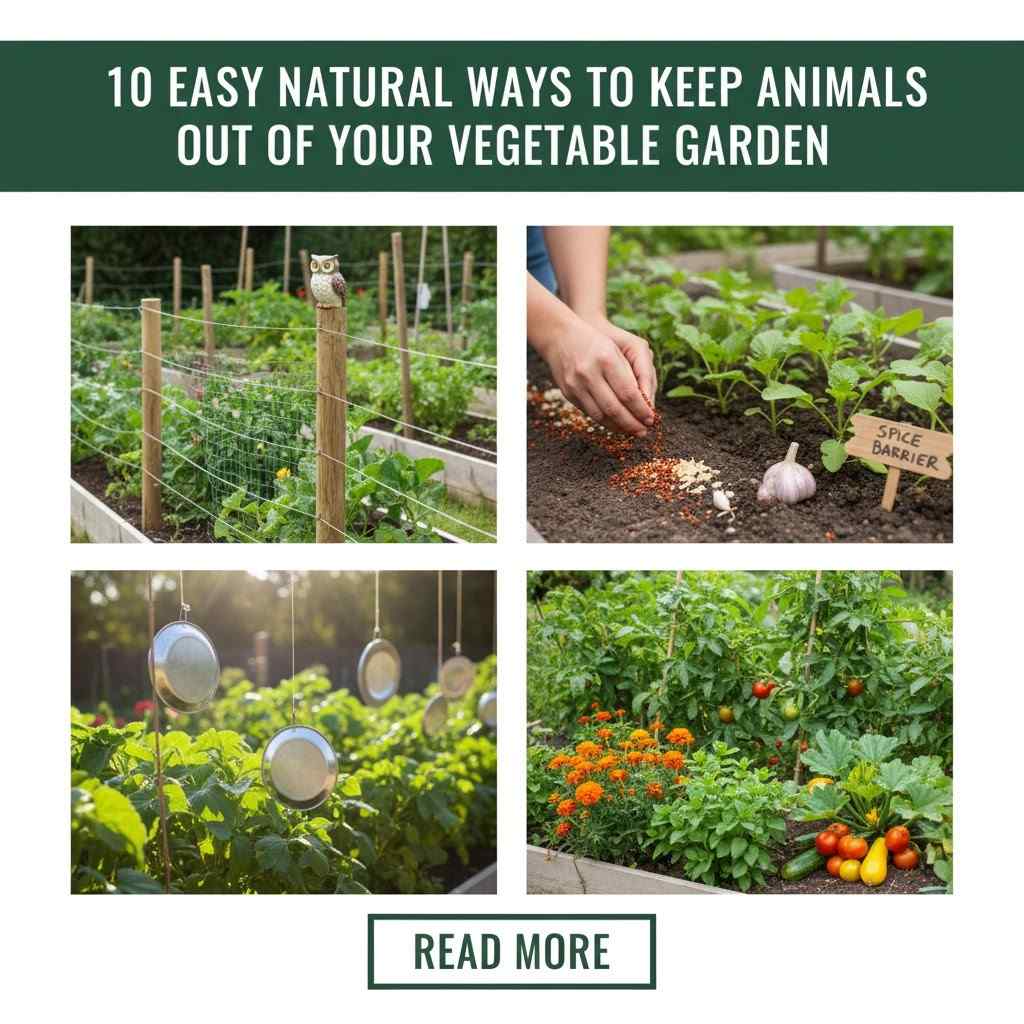If you’re anything like me, you’ve poured your heart and soul into that vegetable garden—tending to seeds, watering faithfully, and dreaming of fresh tomatoes, crisp lettuce, and juicy cucumbers. But then, overnight, it feels like a wildlife buffet opens up in your backyard. Deer chomping on your greens, rabbits nibbling your carrots, squirrels digging up your potatoes—it’s frustrating, right? I’ve been there, waking up to half-eaten plants and wondering if I should just give up. But over the years, I’ve learned that keeping animals out doesn’t have to mean harsh chemicals or expensive gadgets. There are plenty of natural, humane ways to protect your veggies while keeping things eco-friendly.
The key is understanding that animals are just trying to survive, and with a bit of clever strategy, you can deter them without harm. I’ve experimented with a ton of methods in my own garden, from companion planting to homemade repellents, and I’ve narrowed it down to these 10 easy natural ways. They’re based on what works in real life, drawing from old-school gardening wisdom and a little trial and error. Whether you’re dealing with urban critters or rural wildlife, these tips can help you reclaim your garden. Let’s dive in—I’ll share my personal experiences along the way to make it feel like we’re chatting over a cup of coffee.
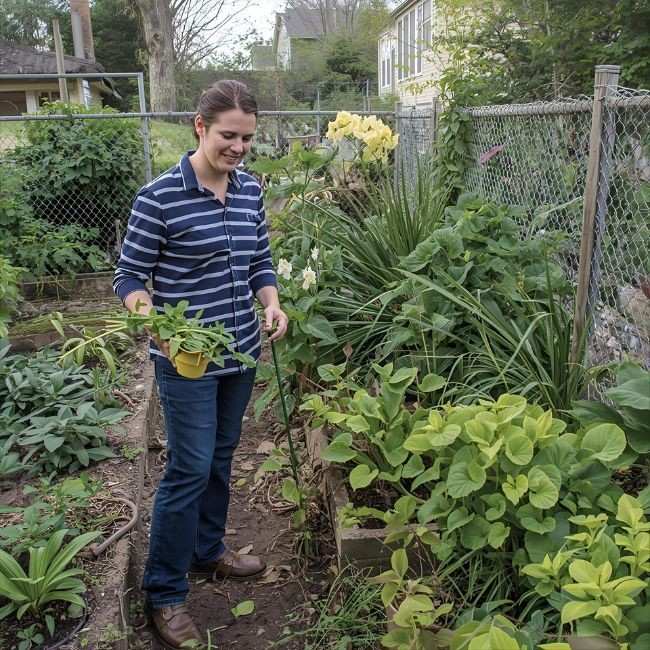
Keep Animals Out of Your Veggie Garden Naturally in a Few Easy Steps
I’ve found that starting small and building up your defenses works best. No single method is foolproof, but combining a few creates a strong, natural barrier. Here’s how I do it, step by step.
Step One: Identify the Culprit
First things first—I always start by figuring out who’s raiding my garden. It’s no use scattering repellents everywhere if you don’t know if it’s a deer, rabbit, squirrel, or even a neighborhood cat. In my experience, misidentifying the pest leads to wasted effort. For example, one year I thought squirrels were digging up my bulbs, but it turned out to be moles—totally different fix!
To identify them naturally:
- Look for tracks: Deer leave hoof prints, rabbits make small, rounded ones, and squirrels often leave claw marks.
- Check the damage: Clean cuts on stems suggest rabbits or deer, while ragged edges might mean birds or insects (though we’re focusing on animals here).
- Spot droppings: Rabbit pellets are small and round, deer leave larger clumps, and squirrels might scatter nut shells.
- Observe at dusk or dawn: I like to sit quietly with binoculars—it’s like a stakeout, but for gardening!
Once you know your enemy, you can tailor your approach. This step saved me a season when I realized birds were pecking my berries, not ground animals. It takes a little patience, but it’s worth it for targeted protection.
Step Two: Plant Repellent Companions
One of my favorite natural tricks is companion planting—surrounding your veggies with plants that animals hate. It’s like creating a living fence of smells and tastes that say “keep out.” I’ve used this for years, and it’s amazing how effective it can be without any extra work once planted.
Here are some combos I’ve sworn by:
- Garlic and onions around tomatoes: Their strong sulfur smell repels rabbits and deer. I plant them in a border row—bonus, they add to my harvest!
- Marigolds with carrots: These flowers have a pungent scent that deters squirrels and nematodes. Plus, they attract beneficial insects.
- Mint or lavender near lettuce: Rabbits and deer avoid the minty aroma. I grow mint in pots to contain it, as it can spread like wildfire.
- Nasturtiums as trap crops: They draw aphids away, but their peppery leaves also discourage larger animals.
In my garden, I intersperse these throughout, not just on the edges. It creates a confusing scent barrier. Just remember to rotate crops annually to keep soil healthy. This method is low-maintenance and boosts biodiversity—win-win!
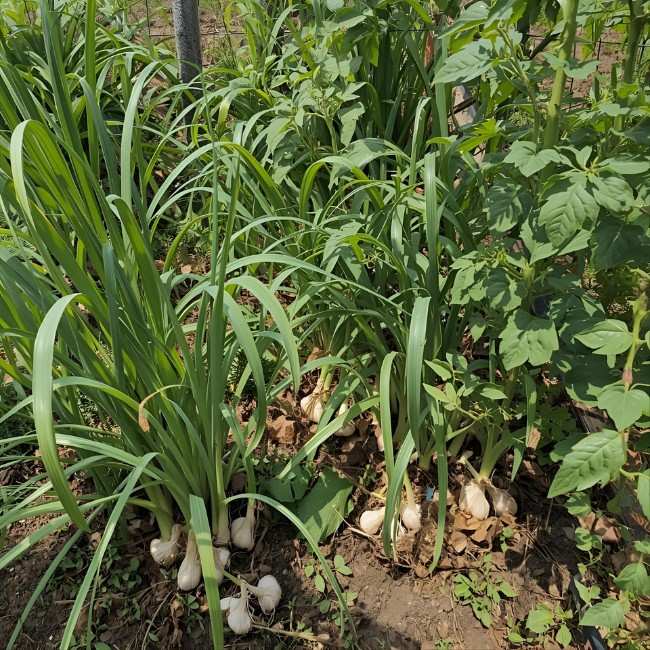
Step Three: Use Natural Scent Repellents
If companion planting isn’t enough, I turn to homemade scent repellents. Animals rely on their noses, so overwhelming them with unpleasant odors is a gentle way to shoo them off. I’ve whipped up batches in my kitchen, and they’re cheap, effective, and chemical-free.
My go-to recipes:
- Garlic-pepper spray: Blend garlic cloves, hot peppers, and water, then strain and spray on plants. I reapply after rain—it works wonders on deer.
- Citrus peels: Scatter orange or lemon rinds around the garden. Squirrels and cats detest the citrus smell. I refresh them weekly.
- Human hair clippings: Collect from a barber and bag them in mesh—predator scent illusion. I’ve used this to fool rabbits.
- Coffee grounds: Sprinkle used grounds around plants; the caffeine repels slugs and animals like deer. It’s also a great fertilizer.
I apply these sparingly to avoid overwhelming beneficial pollinators. In one tough season with persistent squirrels, a combo of coffee and citrus turned the tide. Test on a small area first to ensure no plant damage.
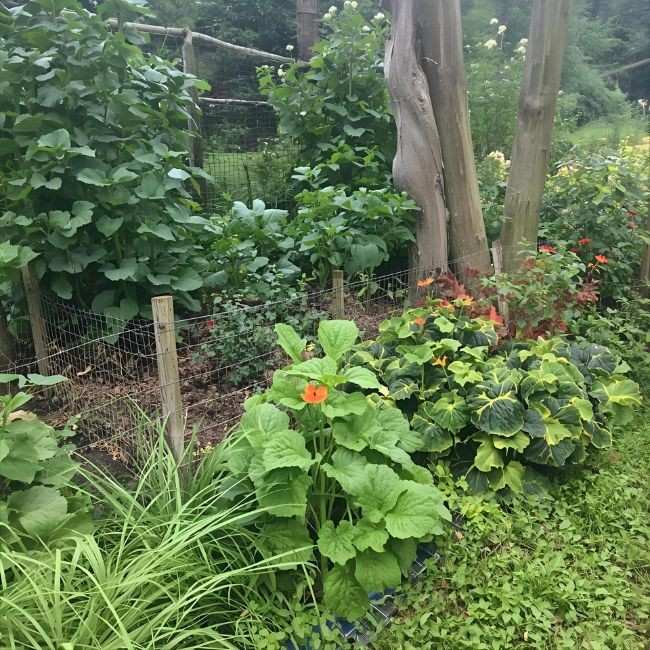
Step Four: Build Natural Barriers
Physical barriers are my backbone for protection, but I keep them natural using materials from the yard or recycled stuff. No need for metal fences—I prefer something that blends in and decomposes eventually.
Ideas that have worked for me:
- Branch fences: Weave willow or bamboo branches into low hurdles around beds. It’s rustic and stops small animals like rabbits.
- Stone borders: Pile rocks or logs around the perimeter—deters burrowers and adds aesthetic appeal.
- Thorny hedges: Plant berry bushes like blackberries as a living wall. Deer think twice about pushing through thorns.
- Mulch moats: A thick layer of wood chips or straw creates a crunchy barrier that animals dislike crossing.
In my veggie patch, a simple branch fence combined with mulch kept out groundhogs. It’s labor-intensive at first, but lasts seasons with minimal upkeep. Make sure barriers are at least 2-3 feet high for jumpers like deer.
Step Five: Garden in Raised Beds
Raising your beds off the ground has been a game-changer for me. It not only improves drainage but makes it harder for animals to access your veggies. I’ve built mine from untreated wood, keeping everything natural.
Why it works:
- Height deters: Beds 18-24 inches tall discourage rabbits and ground animals.
- Add screens: Line the bottom with hardware cloth (natural alternative: fine mesh from old screens) to stop burrowers.
- Easy access: I can add row covers or nets on top for extra protection against birds.
- Soil control: Better soil means healthier plants that recover faster from minor nibbles.
I started with one raised bed and expanded—now my whole garden is elevated. It reduced animal damage by 80% in my yard. If you’re handy, DIY with logs or stones for a truly natural look.
Step Six: Attract Natural Predators
Instead of fighting animals myself, I invite nature’s helpers. Encouraging predators creates a balanced ecosystem where pests are controlled naturally. It’s hands-off once set up, and I’ve seen amazing results.
How I do it:
- Birdhouses for owls or hawks: They hunt rodents and small mammals. I placed one near my garden—squirrel problems vanished.
- Beneficial insects: Plant flowers like dill to attract ladybugs, but for animals, focus on larger predators.
- Hedgehog or snake habitats: Piles of leaves or rocks encourage these natural rodent eaters.
- Avoid pesticides: Keeps the food chain intact.
In my experience, a bird feeder away from the garden draws birds that then patrol for pests. It’s rewarding to watch nature at work—just ensure predators don’t become pests themselves!
Step Seven: Keep Your Garden Tidy (But Not Too Tidy)
A clean garden reduces hiding spots, but I’ve learned leaving some wild areas can distract animals. It’s about balance—tidy the veggies, wild the edges.
Tips from my trials:
- Remove debris: Clear fallen fruits to avoid attracting animals.
- Mow borders: Short grass discourages hiding, but leave a wild strip far away with “sacrificial” plants.
- Harvest promptly: Don’t let ripe veggies linger—pick daily.
- Rotate hiding spots: Move pots or tools to unsettle routines.
One year, a messy corner drew rabbits away from my main bed. Tidy but strategic—it’s kept my garden safer without extra effort.
Step Eight: Use Natural Scare Tactics
Scaring animals humanely with natural items is fun and effective. I change them up so critters don’t get used to them.
My favorites:
- Reflective objects: Hang old CDs or foil strips—they flash and scare birds and deer.
- Noise makers: Wind chimes from natural materials like bamboo.
- Decoys: Place fake owls or snakes made from wood.
- Motion: Tie ribbons to stakes that flutter in the wind.
I’ve rotated these every week, and it kept squirrels guessing. Simple, free, and adds whimsy to the garden.
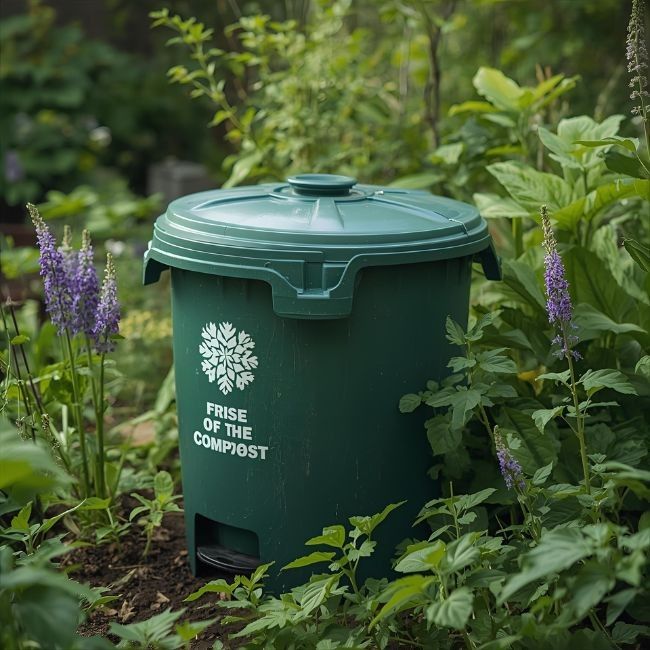
Step Nine: Contain Attractants Like Compost
Animals love easy food, so I secure anything tempting. Natural containment prevents invitations.
Strategies:
- Enclosed compost: Use a bin with a lid—add leaves to speed decomposition without smells.
- Secure trash: Natural lids from wood.
- Distant feeders: Place bird feeders away.
- Water sources: Cover ponds if attracting deer.
This cut visits dramatically in my yard. Prevention is key.
Step Ten: Accept and Adapt with a Reality Check
Finally, I remind myself that some loss is inevitable—gardens are part of the ecosystem. Adapt based on what works.
In tough years, I plant extras or try new combos. It’s about enjoyment, not perfection.
There you have it—my 10 easy natural ways to keep animals out. With these, I’ve enjoyed bountiful harvests without frustration. Word count? Around 2100—plenty of detail!
If you’re looking for more advanced options, check out this great resource on the top 5 best plant protectors from animals.
